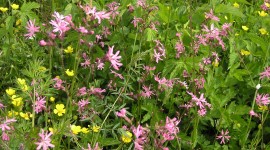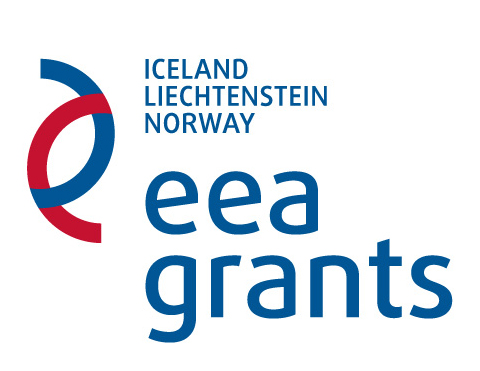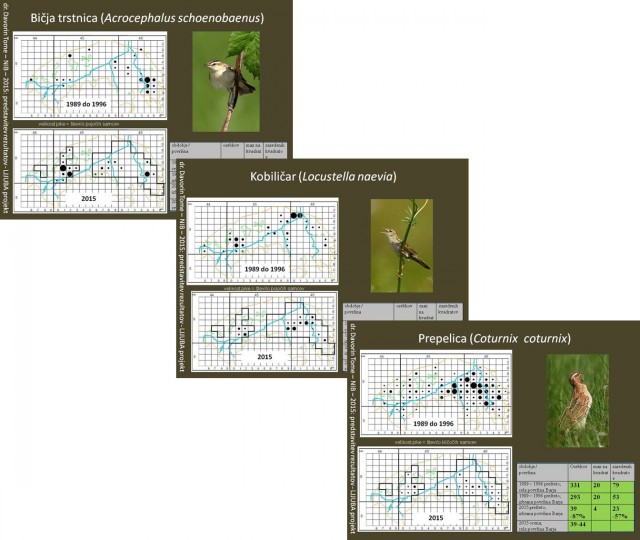
Bird trends and their habitat in the Ljubljana Marsh
In the spring, a survey of the Common Quail, Common Grasshopper Warbler, and Sedge Warbler was conducted in the Ljubljana Marsh, and any mowing on the meadow land was monitored on which these birds nest. The results showed an alarming decrease in the numbers of Common Quail on the Ljubljana Marsh, while the numbers of Common Grasshopper Warbler and Sedge Warbler remained at the same levels as two decades ago.
Monitoring meadow mowing showed that only about 20% of the meadows are suitable for ground nesting birds, such as the Corn Crake. The Common Quail, Sedge Warbler, and Common Grasshopper Warbler are meadow species that nest on the ground in high herbaceous vegetation. A survey of these bird species is performed when they are nesting, marking their territory by singing and attracting mates by calls. In May and the beginning of June, the survey was carried out on the central part of the marsh, which comprises the most important habitat for meadow bird species. For the purpose of the survey, the area was split into 67 –one square-kilometre squares, on which a total survey was conducted.
The survey determined the locations in which the Common Quail, Common Grasshopper Warbler, and Sedge Warbler still inhabit, and also estimated the number of specimens. With the survey, we tested a method of counting the Common Quails with the help of challenging males with bird call recordings. A proposal for further monitoring of the Common Quail, Common Grasshopper Warbler, and Sedge Warbler was also prepared, which would allow long-term monitoring of trends and numbers of these species. As surveys of birds in the Ljubljana Marsh were conducted between 1989 and 1996 using the same methods, this year’s survey allows a good comparison with the situation two decades ago. The survey results show a dramatic decrease in the number of Common Quails in the Ljubljana Marsh. This characteristic and one-time common nesting bird of the cultivated Ljubljana Marsh landscape is slowly disappearing: its nesting area has decreased to less than half that 20 years ago, and the number of specimens has dropped by 87%.
The findings for the Common Grasshopper Warbler and Sedge Warbler show that their numbers have remained at the same levels as 20 years ago, but the distribution of these species had changed significantly. The Common Grasshopper Warbler is no longer present in the northern part of the Ljubljana Marsh, where its population was focused 20 years ago, but now numbers have increased in the area between the rivers Iška and Iščica. The majority of the Sedge Warbler populations moved from the eastern part of the marsh to the west, to an area between the villages of Bevke and Vnanje Gorice.
To find some of the causes for the fluctuations in population sizes of meadow bird species, we monitored the suitability of meadow land for bird nesting, specifically by determining the mowing dynamics in the Ljubljana Marsh. We surveyed the conditions of the meadows three times during the Corn Crake nesting season: first, around the 20th May, when female Corn Crakes begin laying eggs; second, in the middle of June, when the first brood hatches; third, around the 10th July, when the first hatchlings are able to fly. We surveyed 5,350 hectares of the Ljubljana Marsh and recorded approximately 2,600 hectares of meadows.
Partial results show (at present, we have processed about 90% of the data) that the majority of the meadows were yet to be mown at the end of May. However, after the second survey, the situation had changed significantly: only about a third of the meadows were yet to be mown. This means that two thirds of the meadows on which females began nesting were no longer suitable during Corn Crake hatching. During the third survey, less one than fifth of the meadows were suitable for Corn Crakes.
Based on the mowing monitoring, we determined that 80% of meadow surfaces do not provide nesting grounds for Corn Crakes until hatchling maturity. Monitoring the birds was conducted by the National Institute of Biology, whereas the habitat and mowing monitoring was conducted by the Bird Watching and Bird Study Society of Slovenia, the Republic of Slovenia Institute for Nature Conservation, the Ljubljana Marsh Nature Park and the Chamber of Agriculture and Forestry for Slovenia.



